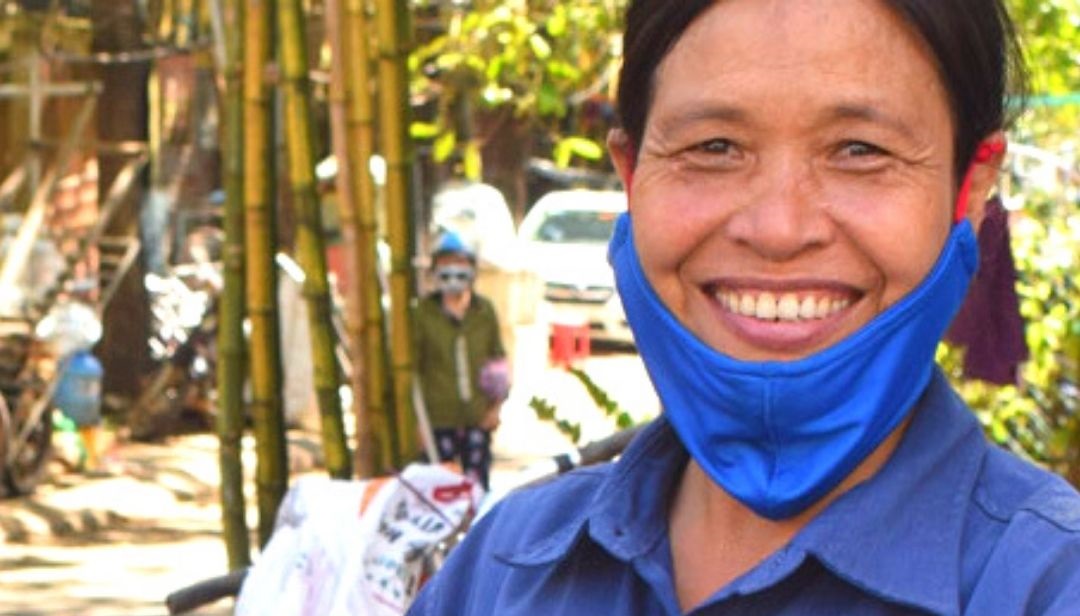
Figure 1. Customs clearance activities, promoting import and export. (Photo: Duc Duy/Vietnam+)
According to forecasts of the Ministry of Industry and Trade, the European Union (EU) and the United States will continue to be Vietnam’s major export markets in 2024 with many opportunities to increase key export products again. However, there are also many challenges that businesses and export industries need to know to have appropriate directions to meet the standards set by these export markets Need to compete on price.
In 2023, Vietnam’s total import and export turnover of goods is estimated to reach 683 billion USD, of which exports will reach about 355.5 billion USD, down 4.4% compared to the previous year. Also last year, Vietnam’s exports to the US market earned about 96.78 billion USD, while the EU market was estimated at 44.05 billion USD.
Evaluating import and export activities, Mr. Tran Ngoc Quan, Vietnam Trade Counselor in Belgium and the European Union (EU) commented that there have been some significant bright spots in the EU market, especially Belgium, it is forecasted that the ability to export many consumer goods will increase in 2024 to these markets. More specifically, inflation has decreased a lot, people’s income has increased sharply again, at the same time energy prices have gradually stabilized, and the supply chain has also gradually been restored.

Figure 2. Enterprises meet high standards to promote sustainable exports. (Photo: Duc Duy/Vietnam+)

Figure 3. Green Production is an opportunity for businesses to participate deeply in the supply chain. (Photo: Duc Duy/Vietnam+)
Besides that, in 2024 the EU will continue to promote food quality and safety inspection for all food groups imported into the European Union. Also this year, the EU plans to introduce regulations on Ecodesign in the textile industry with requirements to minimize waste problems in the textile sector. For agricultural products, the “from farm to table” program is also expected to introduce regulations on preventing plant waste… All show that regulations on a clean, green economy are increasingly popular. more applicable in the European Union.
Since 2024, the Free Trade Agreement between Vietnam and the European Union (EVFTA) has entered its fourth year of implementation. The tax cuts have created a big difference in the European market between Vietnam and its competitors in many Asian countries that are hoping to have a free trade agreement with the EU.
Currently, Vietnam is in the top 3 largest textile exporting countries in the world, of which the US is the market with the largest proportion, followed by the EU, Korea, China, and Japan. Vietnam’s textile and garment industry still has much room to strengthen international economic integration and expand export markets. The development orientation of Vietnam’s textile and garment industry is to gradually move towards production methods that bring higher added value. Further, by 2035, the main contribution to textile export value will come from exporting Vietnamese branded products.
You can find the original article in Vietnamese here
















